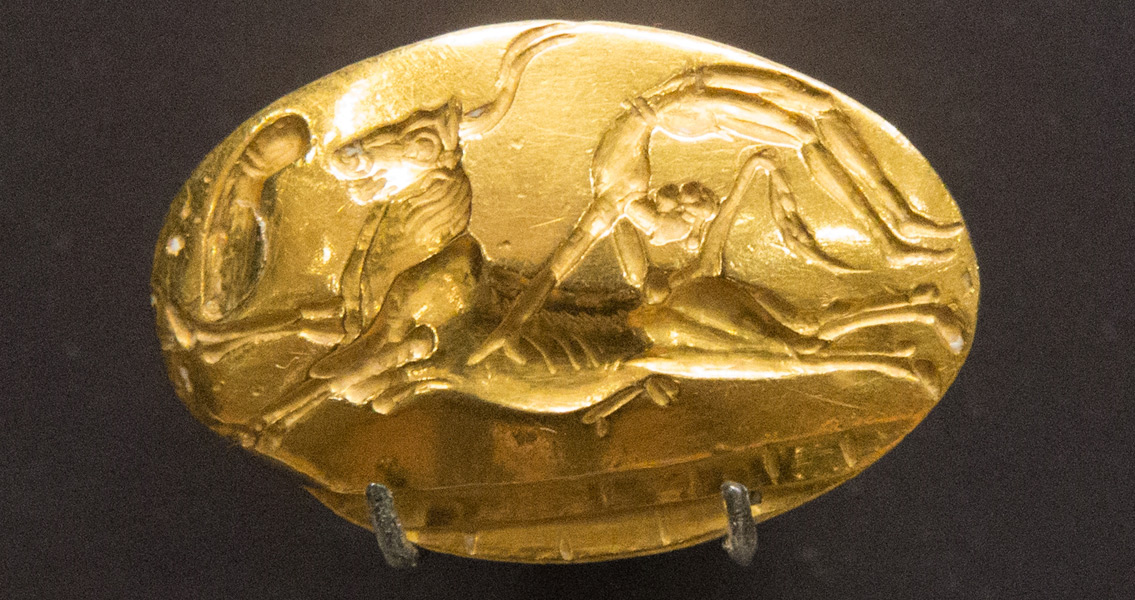<![CDATA[Four golden rings discovered in the tomb of a 3,500 year old warrior from the Bronze Age have revealed new insights into the origins of Greek civilization. Husband-and-wife team of University of Cincinnati researchers Shari Stocker and Jack Davis will announce on 6th October the results of a long, hard look at the grave of the so-called “Griffin Warrior” found in Pylos, an ancient Greek city on Greece's southwestern coast. The two, as part of a larger group of researchers from UC, found the remains of a man thought to have been interred around 1500 BCE, close to the Palace of Nestor. The palace itself is one of the most well-preserved Bronze Age edifices still standing on the Greek Mainland. The Palace of Nestor even appeared in Homer’s “Odyssey”, though it succumbed to fire circa 1180 BCE; it was re-discovered in 1939 by Carl Blegen, another archaeologist from UC. More than 2,000 artifacts were discovered either on or around the remains, including swords and other weapons, beads made of precious stones, cups made from silver and the four rings made from solid gold. An ivory plaque decorated with a griffin was also found in the tomb, providing the nickname for the deceased. Researchers believe he was likely either a Mycenaean warrior or a high priest, based on the regal funeral goods. According to a UC press release, the type of riches found within the grave reveals much concerning the beginning of Mycenaean primacy within ancient Greece. A large proportion of the finds were made by the Minoans, a civilization that was based southeast of Pylos on the island of Crete. The sheer magnitude of Minoan-made artifacts has puzzled researchers, leading Stocker and Davis to believe that while the Mycenaeans were in the midst of conquering Crete at the time the Griffin Warrior died, there might have been a higher level of cultural exchange between them and the Minoans than previously thought. The four rings are of particular note, as they bear ornate Minoan iconography. The workmanship and attention to detail used in crafting the rings is remarkable, the pair stated. The minute detail of each ring, made well before the advent of electric tools and the microscope, is such that it has raised questions as to how much the Mycenaeans understood when it came to adopting the Minoan cultural concepts behind the iconography. Davis remarked that it seems likely the Mycenaeans were highly cognizant of the religious iconography depicted on these rings, indicating that they were already adapting Minoan religious concepts. Stocker echoed his words, stating that it wasn't like “robbing a jewelry store” when these rings were selected for inclusion in the burial. "(The Mycenaeans are) thinking about it and selecting specific items for inclusion in the burial." Other artifacts found within the grave support this idea, as they too reference cultural and religious ideas present in the rings as well as found routinely in other examples of Minoan imagery. The new finds are scheduled to be put on display this week at The American School of Classical Studies, located in Athens. ]]>
Bronze Age Mycenaean Tomb Yields Historic Jewelry
